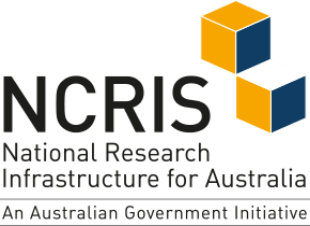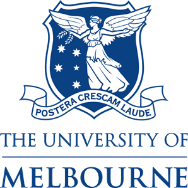Environment + Climate
Humanity has had such a profound impact on our planet that a new geological period, the ‘recent age of human activity’ or Anthropocene, has been proposed for the period since 1950.
Our particle accelerators enable researchers to measure the levels and movement of radioactive isotopes in the environment, including in soil, groundwater, plants and animals. This sheds light on humanity’s impact on the planet, including climate change, sediment run-off on the Great Barrier Reef, and environmental contamination from industry.
Services
Our Accelerator Mass Spectrometry (AMS) facility is used to precisely separate and count radioactive isotopes to understand the breadth of humanity’s impact better.
Researchers use our facilities to:
Characterise soil, mineral and ore
Characterise and track soil erosion, mineral prospecting and ore composition. Such ultra-sensitive techniques help soil loss mitigation programs reduce the impacts of sediment run-off on our precious Great Barrier Reef.
Measure contaminants
Accurately measure contaminants in run-off from uranium mines. Understanding the long-term consequences of uranium mining is critical for human and environmental health.
Examples of AMS isotopes and their applications include:
Beryllium -10
Measured in New Zealand's shrinking glaciers to increase the precision of global climate models. These studies give decision-makers a better understanding of the impact of greenhouse gas emissions on regional temperatures and are crucial to limiting humanity’s impact on the climate.
Plutonium-239/240
Taken up by Japanese coral reefs during Pacific nuclear testing in the 1950s, signalling the beginning of the 'age of humans’.
Uranium-236
Measured to understand sedimentation in the Yangtze River in relation to the Three Gorges Dam and Shanghai, a city of 26.3 million people.
Iodine-129
Recently measured in the rain falling in Buenos Aires, Argentina, Iodine-129 was tracked to a Western European nuclear waste processing facility, 10,800 km away.
Chlorine -36
A rare natural isotope that falls to the earth in rain to become groundwater. The chlorine-36 can then be used to measure the groundwater age and the impact of coal seam gas extraction on water resource management.
In addition to the accelerator infrastructure, our facility has low-background chemistry labs for the preparation of samples to enable world-leading, ultra-sensitive AMS applications.
NATIONAL AND INDUSTRY BENEFITS
Accurately identifying the source and movement of pollutants and understanding key environmental processes enable well-targeted remediation efforts for a safer, healthier, and more productive Australia.
Our facility enables globally significant contributions to our understanding of the spread and management of nuclear waste — studies of great value to the nuclear industry and the public.
Australia’s international scientific standing and leadership position has been further enhanced by the precise measurement of radioactive isotopes and contribution to global climate models enabled by our AMS capabilities.


